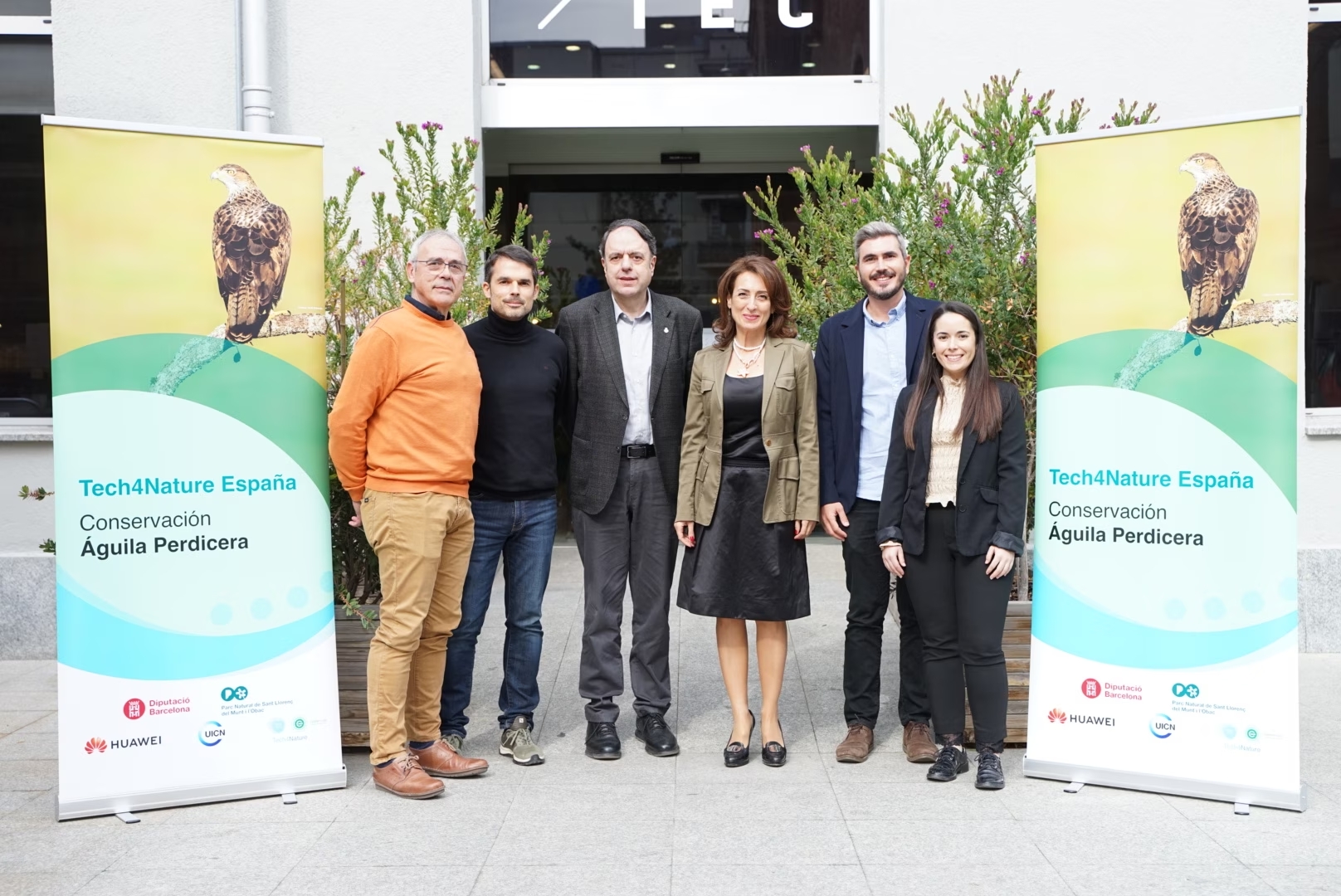The objective of this building block is to provide developers and implementers of ecosystem and landscape restoration projects with a tool that uses remote sensing, augmentation factors, and the integration of the two as a way to evaluate the effectiveness of restoration interventions on the ground.
To evaluate the line of impact of ecosystem services based on remote sensing, baseline data (baseline, management units and recent images) are collected and the differential between the initial and final year is calculated through: the definition of the increment tables, the normalization and adjustment of images, and the modeling of ecosystem services.
The increment factor approach is used for cropland and/or livestock where spectral indices derived from satellite imagery fail to accurately detect vegetation changes; and is calculated through: definition of baseline data, categorization of restoration practices and estimation of increment factors per implemented measure.
By executing this process, the area directly and indirectly impacted is available.
